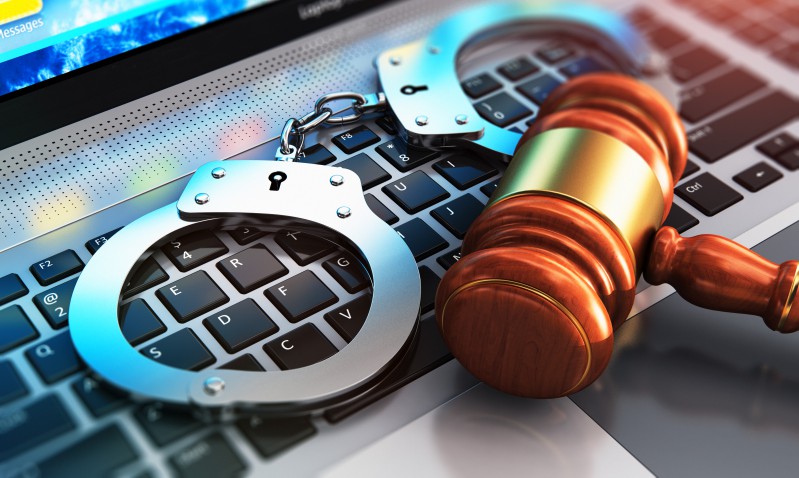Copyright laws differ from country to country, including between the United States and Australia. As most people know, there are many cases of copyright infringement that occur daily across the globe. Many individuals and corporations have had numerous instances when they believe that their works were illegally shared over the internet. To understand what the US Copyright Law applies in Australia.
You need to be aware of the similarities and differences regarding such laws. What is the difference between US copyright law and Australian copyright law? What does each country protect under their copyright law? It is essential to be aware of the similarities and differences between the two laws to save your work in Australia.

What is copyright law?
Copyright law is a system of laws that protect creators’ intellectual property. Copyright law gives creators the exclusive right to control the use of their creations for a limited time. Without this protection, creators wouldn’t be able to make a living from their work.
International copyright law
Copyright law is a system of laws that protect the intellectual property of authors, artists, and creators. Copyright law is governed by international treaties and conventions, which means that copyright law is the same in every country that signs these treaties.
Copyright law in the United States
Copyright law in the United States is a complex system that protects creators’ intellectual property. Copyright law gives the creator of an original work exclusive rights to reproduce, distribute, and perform the work. Copyright law also protects the ideas and expressions embodied in a job.
What does the US copyright law apply in Australia?
The US copyright law applies in Australia. This means that any copyrighted work in the US is also copyrighted in Australia and vice versa. The US law provides copyright protection for “original works of authorship fixed in any tangible medium of expression, now known or later developed, from which they can be perceived, reproduced, or otherwise communicated, either directly or with the aid of a machine or device”.
What is not protected under copyright law?
Copyright law does not protect ideas, procedures, methods of operation, or mathematical concepts as they are expressed in a tangible form. (United States Code 17 USC 102). The US Copyright Office has published many articles on fair use in American Libraries Magazine. These articles provide helpful explanations of the principles that underlie the fair use doctrine and guidance for evaluating whether a particular use is fair use or copyright infringement.
Things You Should Keep In Your Mind:
- What is copyright law?
- What does copyright law protect?
- How long does copyright protection last?
- Who can hold the copyright?
- Can I use copyrighted material without permission?
- What is the fair use doctrine?
- How can I get permission to use copyrighted material?
What is protected under copyright law?
Copyright law protects creative works, such as books, music, and movies. These works are protected by copyright for a certain amount of time, after which they enter the public domain. Copyright protects creative works, such as books, music, and movies. These works are protected by copyright for a certain amount of time, after which they enter the public domain.
Conclusion
Real media is the most versatile of all the fine arts. Tangible mediums are physical objects that the senses can perceive. They can include paintings, sculptures, or any other type of three-dimensional artwork. These works can be seen or heard, felt, or even smelled. Many artists incorporate other senses into their work to create a multi-sensory experience.








